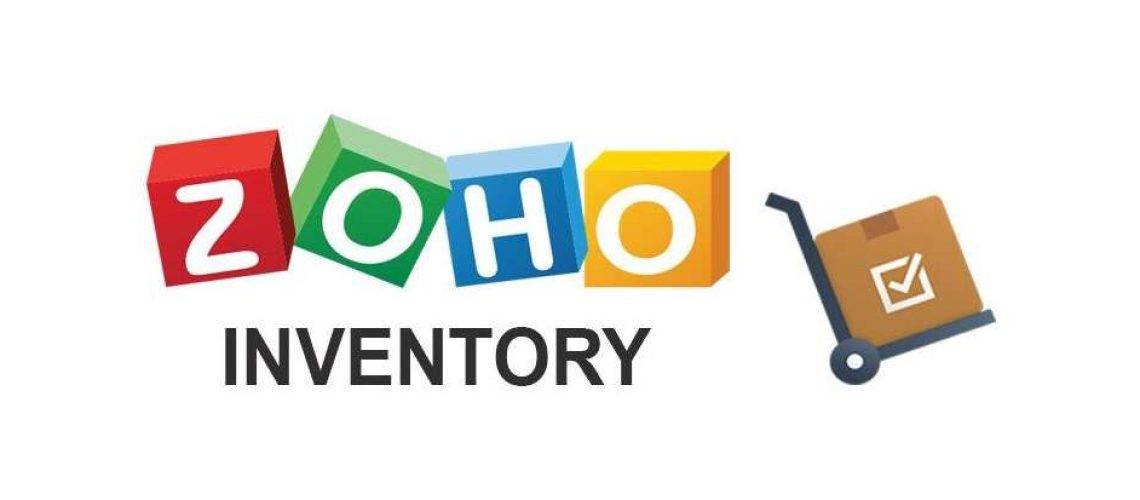
Using ABC Analysis for Inventory Prioritisation
Managing inventory effectively is the backbone of a healthy supply chain. If you have hundreds or thousands of SKUs, treating each item the same can lead to inefficiency. Try ABC analysis. It’s a simple way to classify inventory. This method helps you focus on what matters most.
This article explains ABC analysis. We’ll see how it helps with decision-making. You’ll also learn how to use it to boost your inventory prioritisation strategy. We’ll also include real-world examples, practical tips, and expert insights to help you get started.
What Is ABC Analysis?
ABC analysis is a method for categorising inventory. It follows the Pareto Principle, which says that about 80% of results come from just 20% of causes. In inventory terms, a small part of your stock likely brings in most of your revenue.
How It Works:
You classify inventory into three categories:
- Category A: High-value items with low frequency of sales (top 20% of items accounting for 70-80% of value)
- Category B: Moderate-value items with moderate frequency (next 30% of items accounting for 15-25% of value)
- Category C: Low-value items with high sales volume or frequency (bottom 50% of items accounting for 5% of value)
By identifying these tiers, you can tailor your attention, forecasting, and resources accordingly.
Why ABC Analysis Matters
Managing inventory without priorities is like searching for a needle in a haystack.
1. Optimise Stock Levels
Focus on A-items to prevent stockouts, reduce overstocking of C-items.
2. Improve Cash Flow
Avoid tying up capital in slow-moving inventory.
3. Streamline Inventory Audits
Audit high-value items more frequently, saving time and resources.
4. Enhance Supplier Negotiations
Prioritise key suppliers linked to A-items for better pricing and reliability.
5. Inform Strategic Planning
Helps shape purchasing, warehousing, and demand forecasting strategies.
How to Conduct an ABC Analysis
1: List All Inventory Items
Collect all SKUs and their yearly consumption value (unit cost multiplied by units sold each year).
2: Sort by Annual Consumption Value
Rank items from highest to lowest total value.
3: Calculate Cumulative Totals
Determine the cumulative percentage of total inventory value.
4: Assign Categories
Apply category thresholds:
- A: Top 70-80% of value
- B: Next 15-25%
- C: Bottom 5-10%
5: Visualise the Data
Use a Pareto chart or spreadsheet to map out the classification clearly.
Real-World Example
| SKU | Unit Cost | Units Sold | Total Value | Category |
|---|---|---|---|---|
| Printer | £200 | 300 | £60,000 | A |
| Toner | £30 | 1,000 | £30,000 | A |
| Pens | £1 | 8,000 | £8,000 | C |
| Notebooks | £2 | 2,500 | £5,000 | C |
| Desk Lamp | £40 | 200 | £8,000 | B |
Let’s say you run a mid-sized e-commerce business selling office supplies. Here’s a sample ABC breakdown.
Despite selling more pens, toner and printers account for most of the revenue. These A-items need better forecasting, tighter stock control, and more frequent audits.
Best Practices for ABC Inventory Prioritisation
1. Review Regularly
Demand and value change over time. Reassess classifications quarterly or biannually.
2. Use Dynamic Software
Use inventory tools that automate ABC analysis. Make sure they connect with your POS or ERP systems.
3. Tailor Management Strategies by Category
- A-items: Forecast-driven reordering, tighter controls, senior approval for purchasing
- B-items: Balanced stock levels, moderate control
- C-items: Bulk purchases, fewer audits, reorder as needed
4. Focus Your Time and Attention
Your warehouse, purchasing, and sales teams can prioritise resources where they matter most.
Integrating ABC with Other Inventory Methods
ABC is powerful on its own, but it shines when paired with complementary strategies.
1. JIT Inventory Systems
Combine ABC with Just-In-Time Inventory Systems to reduce waste on A-items without risking availability.
2. Cycle Counting
Use ABC to guide cycle counting. A-items might be counted monthly, B quarterly, C biannually.
3. Demand Forecasting
Apply advanced forecasting tools specifically to A and B items. C-items may rely on reorder points.
4. AI-Based Planning

Let AI learn from ABC categories to recommend smarter reorder strategies.
Common Mistakes to Avoid
1. Basing Classification Solely on Cost
Factor in consumption rate, not just unit price. A cheap but fast-selling item can still be Category A.
2. Never Revisiting Your Analysis
ABC is not a one-and-done. Review it regularly to remain effective.
3. Overmanaging C-Items
Resist the temptation to micromanage every item. Focus efforts where ROI is highest.
4. Lack of Stakeholder Buy-In
Your warehouse, finance, and procurement teams must understand the strategy. They also need to align with it.
ABC in Multi-Channel and Subscription Models
In a multichannel setup or for subscription products, ABC becomes even more crucial.
For Multichannel Sellers:
- Sync data across platforms to maintain accurate demand forecasting
- Use ABC to decide which SKUs to offer on each channel
For Subscription-Based Products:
- Prioritise A-items for predictable recurring demand
- Automate restocking based on historical churn rates and subscription cycles
ABC analysis supports proactive planning, ensuring your business stays agile.
Measuring ABC Performance
Like any inventory strategy, you should track its effectiveness.
Key Metrics to Monitor:
- Inventory turnover rate by category
- Stockout rate for A-items
- Carrying cost reduction over time
- Forecast accuracy by item group
Use dashboards and visual reports to make this data actionable.
Tools for Automating ABC Analysis
Today, most cloud-based inventory systems offer built-in ABC classification.
Popular Tools:

- Zoho Inventory
- TradeGecko (QuickBooks Commerce)
- NetSuite Inventory Management
- Cin7
- DEAR Systems
Check for features such as custom thresholds, dynamic classification, sales data integration, and smart alerts.
Conclusion: Prioritise with Purpose
ABC analysis is simple, but its impact can be profound. Knowing that some inventory items matter more than others helps you develop a smarter and leaner management strategy. This can lead to greater profits.
ABC inventory classification helps you manage your stock, whether you run a small retail shop or a large distribution centre.
Start small: classify your top 100 items. Review performance. Adjust strategy. Using the right tools and mindset helps you prioritise. This leads to better decisions, smoother operations, and stronger business outcomes.
Have you used ABC analysis in your operations? Share your experience and tips in the comments below!
Read more about Using Cycle Counting for Inventory Accuracy.


